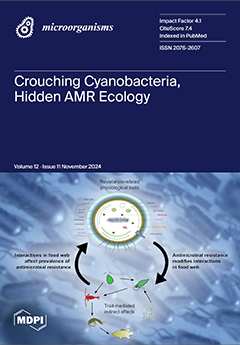Aim: The main purpose of the present study was to investigate the carrier rate of
Aggregatibacter actinomycetemcomitans and its JP2 genotype in a cohort of 200 Western Australians diagnosed with periodontitis. Materials and Methods: In this descriptive cross-sectional study, 220 consecutive patients with periodontitis, aged 18 years and older, were recruited to a specialist periodontal practice in Perth City. Every patient included in this study contributed three different intra-oral samples. Periodontal, radiographical, and microbiological assessments were performed. The samples were analysed using a polymerase chain reaction for the detection of
Aggregatibacter actinomycetemcomitans and its JP2 genotype using the primers and conditions described previously. A Chi-square test and logistic regression analysis were performed to evaluate the results. Results: The prevalence of
Aggregatibacter actinomycetemcomitans was 28.18%. The carrier rates of
A. actinomycetemcomitans in the unstimulated saliva, cheek swabs, and pooled subgingival plaque samples were 21.80%, 19.50%, and 17.70%, respectively. There was a significant correlation between the severe form of periodontitis (stage IV, grade C) and younger age (
p = 0.004), positive family history of periodontitis (
p < 0.001), oral hygiene method (
p < 0.001), and irregular dental visit attendance (
p < 0.001). The binary logistic regression analysis revealed that having severe periodontitis risk increased almost three times in those who were young (OR: 2.812) and came from a family with a history of periodontal disease (OR: 3.194). However, the risk of severe periodontitis was five times higher in those patients with tooth loss due to periodontal disease (OR: 5.071). The highly leukotoxic JP2 genotype of
Aggregatibacter actinomycetemcomitans was not detected. Conclusions: This study of a Western Australian cohort confirmed the low presence of
Aggregatibacter actinomycetemcomitans and the complete absence of its JP2 genotype. Young age, family history of periodontal disease, lack of flossing, irregular dental visits, and tooth loss due to periodontitis were identified as potential risk factors for periodontitis stage IV, grade C in this cohort.
Full article






